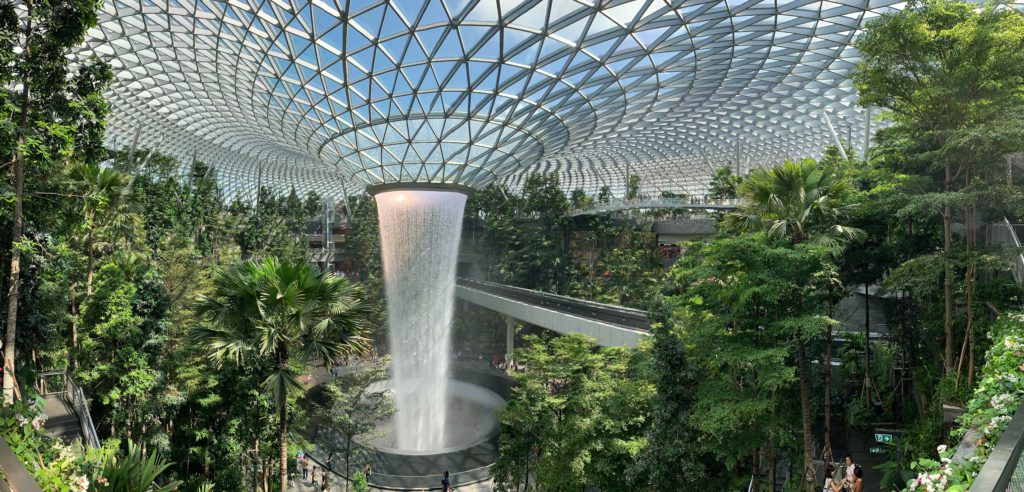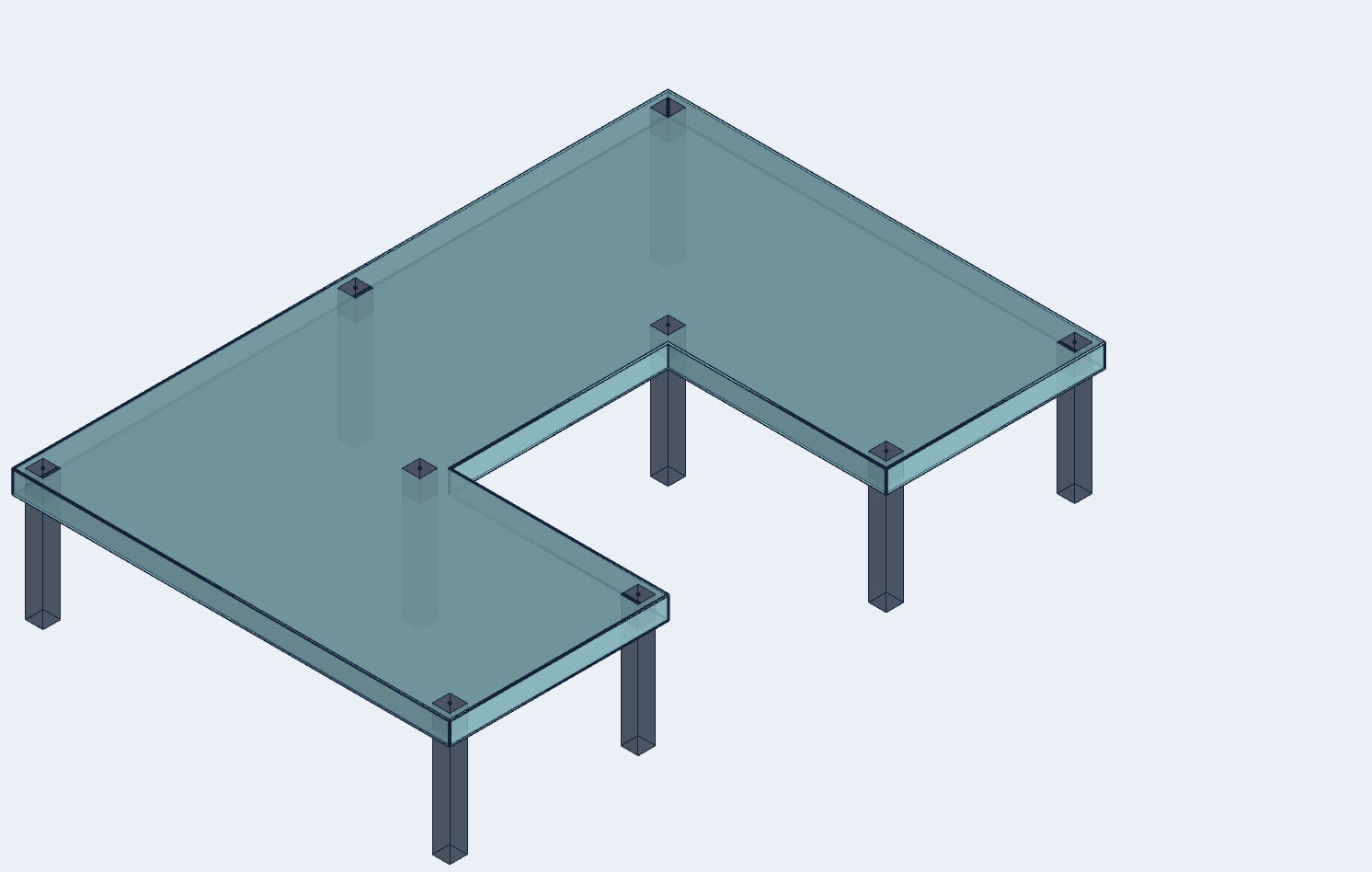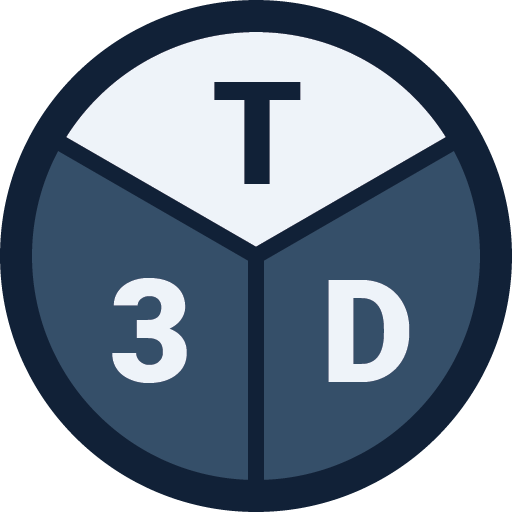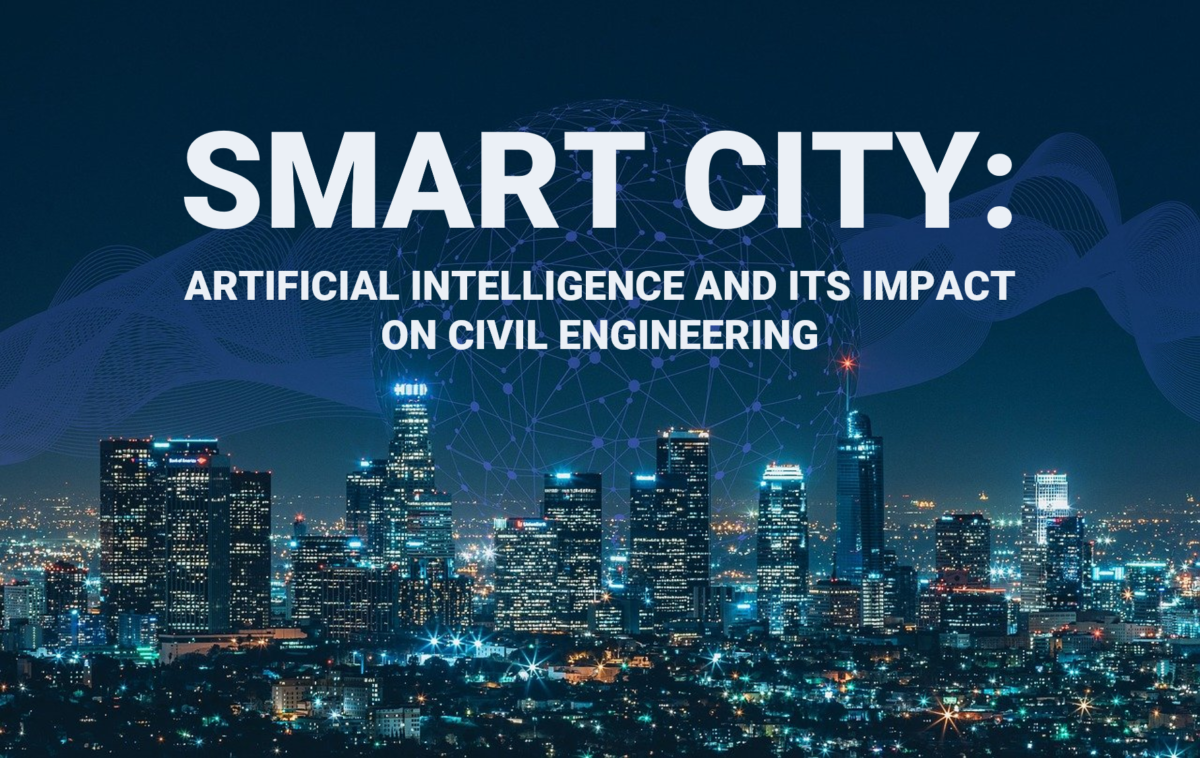Artificial intelligence, Big Data analysis, and data tracking are no longer a matter of science fiction. They are now the foundations of a smart city. And we want to share all their details with you.
But, before diving into the details of a smart city, artificial intelligence, and its impact on civil engineering, we should refresh the meaning of these concepts.
Artificial Intelligence (AI)
Firstly, Artificial Intelligence is a simulation a machine performs. In the simulation, there is a combination of algorithms that imitate and generate human cognitive functions. Common examples are reasoning, learning, and creativity.
Further, AI uses technological systems to perceive its environment, relate to it, and solve problems with a specific purpose. Receiving, processing, and responding to data allow achieving that problem-solving ability.
Big Data and the Internet of Things (IoT)
Above all, for AI to work, it is necessary to process a high volume of data. The processing is known as Big Data. In short, this tool speeds up the processing of a large amount of data.
Moreover, one of the most prominent technologies of the 21st century is the Internet of Things (IoT). It is implemented to obtain the data necessary for the operation of AI.
The IoT is the network of physical objects, which incorporates technology to connect different things. In other words, from everyday objects to industrial tools, it connects everything to the Internet. Further, the idea is to integrate devices to exchange information.
What is a Smart City?
A smart city is a type where the application of digital systems offers more efficient and comfortable urban environments.
Therefore, a smart city seeks to improve the quality of life and solve problems that have been caused by the people.
In the same vein, authorities are betting on implementing new technologies such as Artificial Intelligence and Big Data.
In addition, a smart city where the Internet of Things (IoT) has been implemented, uses AI to collect data and make efficient management of resources to provide a better quality of life.

Features that define a Smart City
Certainly, the features of a Smart City mainly focus on sustainability. In other words, being friendly with the environment is a priority. Together, Artificial Intelligence, Big Data, and the IoT open the way to new social and cultural development.
Did you like this post? Sign up and we’ll send you more awesome posts like this every month.
Development of structures
Cities evolving into smart ones happens parallel to constructive development. This creates the need for structures that adapt to environmental change, generate an energy contribution, and adapt to new technologies.
An example of this is New York City and its inclusion of Smart Buildings with optimized and self-sufficient architecture.
Traffic improvement
Artificial intelligence can solve mobility problems. An example of this is Smart Traffic Lights, which can understand traffic conditions and provide a better service. For instance, China links its ambulances to a platform that allows them to move through the city without getting into traffic jams.
Efficient public services in a Smart City
Another feature of a Smart City is the optimization of public services. Thanks to artificial intelligence, the city can process the data on how people use services such as water and energy. This way, the city can improve efficiency and decrease the impact on the environment. In Dongtan, China, edible water is used for consumption and sanitary discharges.
Certainly, AI affects all sectors of society and changes how we relate to the world around us. We now invite you to keep reading to learn how AI affects the field of civil engineering and construction.
Impact of AI on Civil Engineering and Construction
Firstly, people often prefer to live in urban centers. Therefore, technological development to improve the efficiency of cities with dense populations becomes vital.
The construction and civil engineering sectors are among the most prominent industries in the world. Moreover, these two sectors are growing fast and investing in Big Data and AI to provide citizens with balanced, efficient, and healthy environments.
Certainly, AI is impacting different areas of civil engineering. New methods and algorithms allow engineers to use new techniques in several ways to solve a wide variety of problems.
However, perhaps the most significant change in AI has been improving the quality of designs. This has resulted from implementing three-dimensional tools for modeling building information known as BIM. To learn more about the latest technology in BIM and structural analysis, make sure to read our article on the subject:
Projects based on BIM technology can study geographical variables that could affect the useful life of the construction. Among these variables, we can find from wind speed and extreme temperatures to a possible terrorist attack.
Therefore, BIM allows designers to determine the best options of materials and dimensions for the design.
In the construction industry, as in other sectors, AI can significantly impact the production of construction materials, the design, planning and management, and the development of the projects.
Applications of AI in civil engineering and construction
Project and Workflow Management:
With the possibility of managing everything through AI, it is much easier to assign tasks depending on skills and availability, thus avoiding work overload. Organizing and monitoring activities will be more effective while working within the required time, quality, and cost.
Smart construction
AI offers great options when it comes to collecting data more precisely. With the modeling of data for BIM construction, the engineer can generate proposals for intelligent designs, thus making better decisions in terms of planning and improving productivity.
Generative design
Generative design is an iterative process that produces a certain number of options that meet the requirements set. AI explores thousands of possibilities and changes to select the safest, most stable, or cheapest design to build.
Topography and cartography
Geospatial AI with drones allows getting data in a short time, thus producing more accurate aerial images and topographic maps.
AI: Advantages and disadvantages
When talking about AI, we must also know its advantages and disadvantages to understand where we should go with technological development.
Advantages 👍
- Reduction of human error.
- Process automation.
- Reduction of process time.
Disadvantages 👎
- Difficulty accessing data.
- Expensive development.
- Lack of qualified professionals.
Ways in which AI has transformed civil engineering
When designing structural load components, the manual estimation of tax areas becomes difficult. Therefore, it is common to use finite element modeling software to calculate loads and areas.
In Tribby3d, geometric methods make the calculation of tax areas easier. The software facilitates the estimation of the model, giving a visual result of the application where the analysis becomes intuitive and direct. Yet, the human factor is still necessary to perform subsequent design calculations.
As AI evolves, it generates more benefits for civil engineering. At the moment, engineers use data from previous constructions, but this process is still at a young age. The ability to use millions of data in a few seconds would generate great benefits in the sector.
Changing basic concepts
The initial stage of an engineering project requires many hours of research to understand the intention of the design. At this point, AI intervenes, allowing to research and test several ideas simultaneously with ease.
With an AI system, it will be possible for an engineer to extract data from the area, laws, and building codes and generate various designs meeting all needs.
Parametric architecture will become more common
Parametric designs allow the architect to play with some parameters to create structural forms that have not been possible before.
The parameterized architecture uses complex algorithms with geometric programming, where the data is connected to create an endless number of iterations of your product in a short time to be able to remodel and optimize it.
Faster and easier constructions
AI is a powerful tool that will assist engineers in the planning process, thus reducing design and construction time.
Emergence of smart cities around the world
Urban planning is a complex task that requires years and precision. Architects have the task to understand how the growth and flow of a city will be, and with AI, they must rethink traditional models.
A Smart City will improve the living conditions for all the people thanks to the real-time interaction between the Internet of Things, such as buildings, smartphones, cars, and public places. So, it is already a trend in the most developed cities, including London, New York, Paris, and Tokyo.
Smart City Final Words
In conclusion, Artificial Intelligence quickly opens the way to improve our daily lives. Certainly, AI will be invaluable in the coming years for civil engineering because it generates a very positive impact on construction projects. Therefore, AI will be a fundamental technology for construction.
We at Tribby3d aim to implement AI and achieve the automation of our software. This way, we can provide all our customers with the significant number of benefits offered by AI executed in Tribby3d software.


